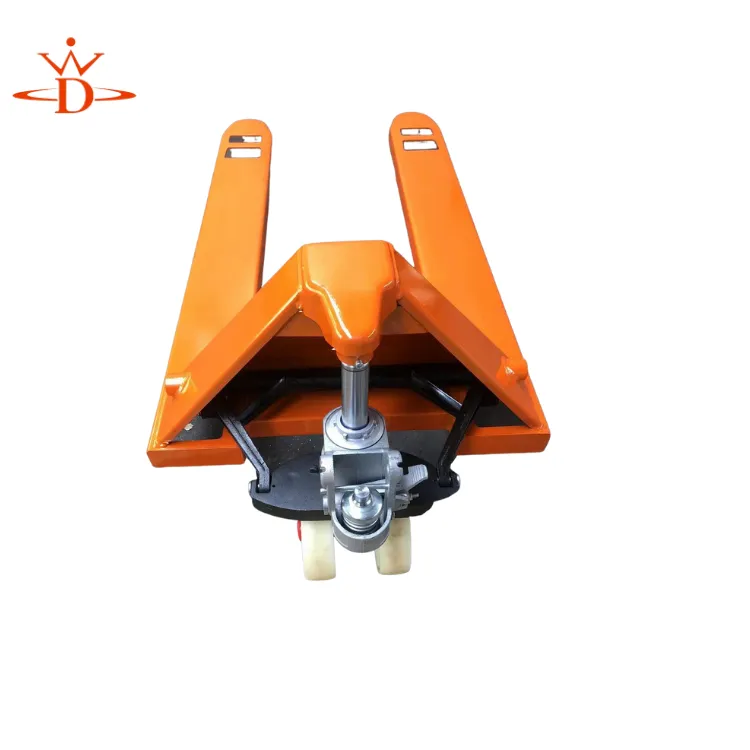Heavy Equipment Relocation Strategies for Efficient Machinery Transport and Safety Considerations
Heavy Lift Machinery Moving A Comprehensive Overview
Heavy lift machinery refers to specialized equipment and vehicles designed to handle the transportation, installation, and removal of oversized and heavy loads. Projects in various industries, including construction, oil and gas, manufacturing, and aerospace, often require the movement of equipment and materials that exceed normal lifting capacities. The challenge of transporting heavy machinery necessitates careful planning, precise execution, and adherence to safety protocols. This article delves into the intricacies of heavy lift machinery moving, examining the equipment used, the processes involved, and the importance of safety considerations.
The Equipment Used in Heavy Lift Machinery Moving
Heavy lift machinery encompasses a wide range of equipment, including cranes, forklifts, flatbed trucks, trailers, and specialized lifting devices. Cranes, for example, come in various types – mobile cranes, tower cranes, and crawler cranes – each selected based on the specifics of the lift, such as load weight and height requirements. Mobile cranes are often used for their versatility and ease of transport, while tower cranes are ideal for tall buildings due to their height advantage and lifting capacity.
Flatbed trucks and trailers play a crucial role in the transportation of heavy machinery. These vehicles are equipped with powerful engines and reinforced structures to carry substantial weights. In some cases, custom-designed trailers with hydraulic systems are employed, allowing for smoother loading and unloading processes, especially for irregularly shaped or extremely heavy items.
Planning and Execution
The process of moving heavy machinery involves meticulous planning and coordination. This begins with a thorough assessment of the machinery to be transported, including its size, weight, and any special handling requirements. Logistics teams consider the route, taking into account the terrain, road conditions, potential obstacles, and weight limits for bridges and roads.
A significant aspect of planning is the use of software tools for load calculations and route optimization. These advanced technologies assist in ensuring that the selected methods and paths are safe and feasible. Communication with local authorities may also be necessary, especially if permits are required for transporting oversized loads.
heavy lift machinery moving

Once the planning phase is complete, a dedicated team is assembled to execute the move. This team typically consists of operators for cranes and transport vehicles, rigging specialists, and safety personnel. Each member plays a vital role in ensuring that the machinery is lifted and transported without incidents. Rigging, in particular, involves the use of slings, shackles, and other tools that securely attach loads to lifting devices. Proper rigging techniques are essential for maintaining stability and balance during lifts.
Safety Considerations
Safety is paramount in heavy lift machinery moving. The risks associated with transporting large equipment cannot be overstated. Improper handling can lead to serious accidents, including injuries to personnel and damage to the machinery or infrastructure. To mitigate these risks, rigorous safety protocols are implemented.
Before any lift, a detailed risk assessment is conducted to identify potential hazards. All team members undergo safety training to ensure they understand the protocols and emergency procedures. Personal Protective Equipment (PPE) is mandatory for all personnel involved in the moving process.
Moreover, follow-up inspections and evaluations are crucial after each move. These reviews provide insights into what worked well and what could be improved in future operations. They also ensure that machinery arrives at its destination in optimal condition.
Conclusion
Heavy lift machinery moving is a complex task that requires specialized equipment, meticulous planning, and strict adherence to safety protocols. As industries continue to grow and evolve, the demand for efficient and safe transportation of heavy loads will only increase. By investing in advanced technology, fostering a culture of safety, and employing skilled professionals, organizations can meet these demands and navigate the challenges associated with heavy lift machinery moving. In an era where every minute counts, optimizing these processes is not just an operational necessity but a competitive advantage.
-
Unlock Seamless Relocation with Our Heavy Equipment Moving ExpertiseNewsJun.06,2025
-
Unleash Unrivaled Flexibility with Our Adjustable Gantry CraneNewsJun.06,2025
-
Unleash Heavy-Duty Efficiency with Our Industrial Gantry Crane SolutionsNewsJun.06,2025
-
Revolutionize Steel Handling with Our Magnetic Lifter RangeNewsJun.06,2025
-
Master Equipment Mobility with Premium Machinery Mover SolutionsNewsJun.06,2025
-
Elevate Your Material Handling with Magnetic Lifter TechnologyNewsJun.06,2025
-
YS Permanent Lifting Magnets: The Smarter Way to Handle SteelNewsMay.22,2025
